Acid Degumming
We believe in providing top quality workmanship and are so confident in our level of service that we back.
We believe in providing top quality workmanship and are so confident in our level of service that we back.
Acid degumming is a refining process employed in the production of oils, particularly vegetable oils. This method involves the addition of food-grade acids, such as phosphoric acid or citric acid, to crude oil to facilitate the removal of impurities known as gums. These gums, primarily composed of phospholipids, are naturally present in crude oils from sources like soybeans and sunflowers.
Through the acid degumming process, these impurities are precipitated and separated from the oil, resulting in a degummed oil with improved clarity and stability. While effective, acid degumming may lead to the loss of some minor components, and additional refining steps like neutralization and bleaching are often employed to further enhance the quality of the refined oil.
Acid degumming is effective in reducing the phospholipid content in crude oil, contributing to improved clarity and stability of the refined oil. However, it may lead to the loss of some minor components, and additional refining steps like neutralization and bleaching are often applied to further enhance the quality of the oil. Overall, the acid degumming process plays a key role in the production of refined vegetable oils with desirable characteristics.
The initial step involves adding a small amount of acid to the crude oil. This acid reacts with the gums, primarily composed of phospholipids, initiating the degumming process.
The acid interacts with the phospholipids, causing them to precipitate as solid particles. This solid material, often referred to as sludge or foots, contains the gums and other impurities present in the oil.
The mixture undergoes a settling process, allowing the solid precipitates to separate from the oil. This separation can occur naturally or be facilitated by techniques such as centrifugation.
The separated solid precipitates, which contain the gums, are then removed from the oil, resulting in a degummed oil.
Depending on the specific requirements, an optional neutralization step may follow acid degumming to eliminate any residual acidity in the oil.
1. Phospholipid Removal:
Acid degumming is particularly effective in removing non hydratable phospholipids from crude oils. The addition of food-grade acids facilitates the precipitation of gums, leading to their separation from the oil.
2. Enhanced Clarity and Stability:
Acid degumming contributes to improved clarity and stability of the oil by eliminating impurities. The process is especially valuable in achieving these qualities in the final refined product.
3. Versatility:
Acid degumming is versatile and can be applied to various vegetable oils, providing flexibility in the refining process.

Strategies to ensure proactive domination. At the end of the day,User generated content in real-time will have multiple touchpoints for offshoring.


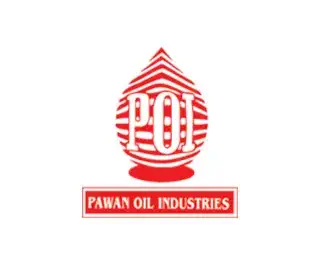



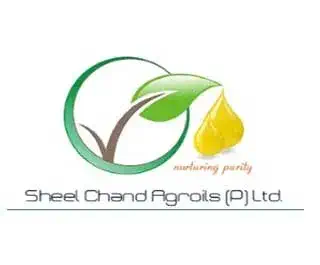
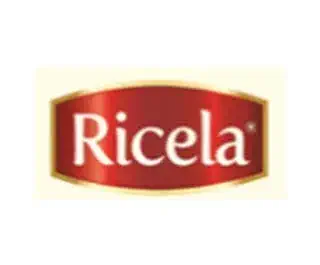
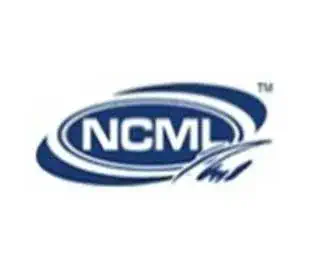







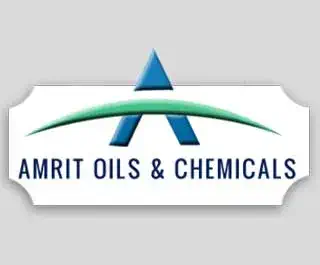
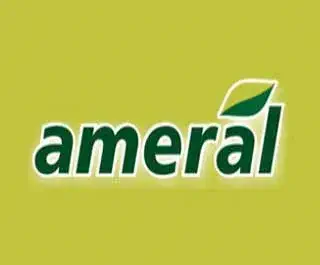





Discover some of the most asked questions regarding Acid Degumming.
Acid degumming is a process used to remove phospholipids (or gums) from crude vegetable oils by treating them with an acidic solution, typically phosphoric acid or citric acid. The phospholipids, which are hydrophilic, react with the acid to become water-soluble, and the resulting gums are then removed from the oil.
Acid degumming is particularly useful for oils that have a high content of phospholipids, such as:
While acid degumming is effective, it is not the most environmentally friendly option compared to other methods like enzymatic degumming, which avoids the use of chemicals. However, the process generates less waste compared to solvent degumming and can be made more sustainable with proper acid recovery and waste treatment systems.
Acid degumming is most suitable for oils that contain high amounts of phospholipids, such as soybean and sunflower oil. For oils with lower phospholipid content, such as palm oil, acid degumming may not be necessary. In these cases, other methods like water degumming or enzymatic degumming might be preferred.